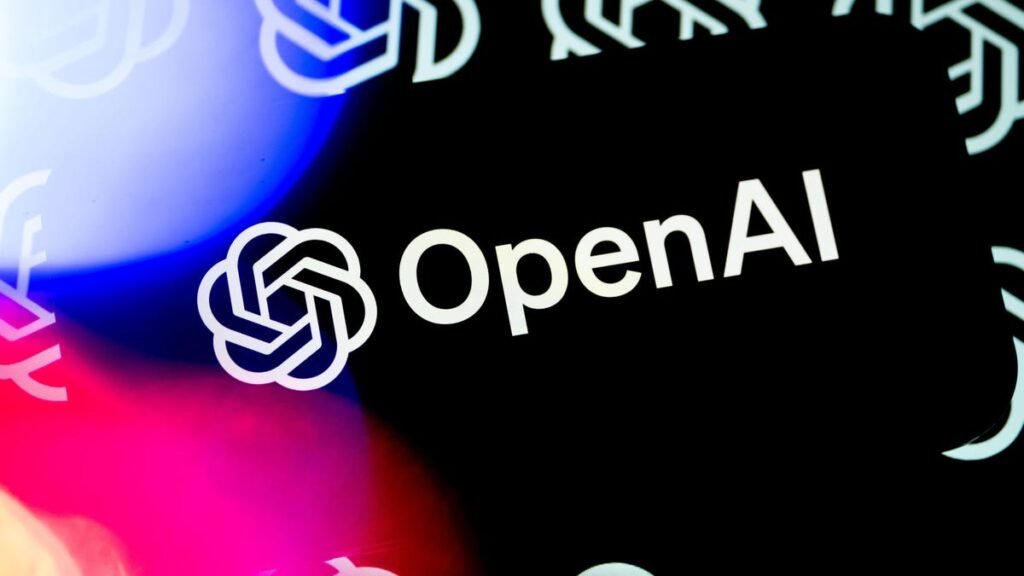
Openai has sent another earthquake swing in today’s world of software engineering.
This time, it was Announcement X, which is its AI encoding agent, which is now applicable to layer users. In other words, you no longer need to spend $200/mo to get Codex programming help. Instead, as part of your Chatgpt Plus subscription, you can get it for $20/mo.
(Disclosure: ZDNET’s parent company Ziff Davis filed a lawsuit against OpenAI in April 2025, accusing it of infringing on Ziff Davis’ copyright in training and operating its AI systems.)
The company said Codex “includes generous usage restrictions for a limited time, but in times of high demand, we may set rate limits for users so that Codex can still be widely available.” In other words, today’s performance could be rough.
Also: OpenAi upgrade with Codex contgpt – I was impressed (so far)
This didn’t stop me from digging.
Interestingly, CHATGPT’s Mac App version is more limited. If you start Chatgpt through the app, not only search chats, libraries and Sora will be lost, but also. This is a non-mandatory bug, especially since the Mac app was updated yesterday.
Also: Best AI for coding in 2025 (and methods not used)
Anyway, let’s see what happens when you click the Codex button in Plus. First, you’ll get this exciting start screen.
Next is an animation that describes some of the functions of the tool. In the first frame, the tool explains that it will draft multiple PRs in parallel. PR stands for Push Requests, which is the GitHub Talk that pulls changes into the main repository, thus basically integrating it into the main codebase.
By saying Codex drafts multiple PRs, this means it can be used on multiple coding projects, but there is no commitment until you have reviewed it. This is roughly the equivalent of providing some subordinate programmers with a bunch of projects to make them work on it, but not including their code until you double-check it.
You’ll double check the code for Codex, don’t you? hint. You are better.
Next is an example tip. It basically shows how the codex prompts to mine the entire repository of the code base for changes and adjustments.
Next, Codex obviously can run lint and tests. Lint was originally a C-language tool that detects errors and errors in code and it can be used in many different languages.
What Codex says here is that it is able to run code verification checks, create tests and run those tests to confirm that the code changes work as expected. This is a good thing.
Finally, another panel describes the use of new coding models specifically for software engineering. The company did not specify the model explicitly, but Chatgpt speculates that the model is a tweaked version of GPT-4O, which is specially trained for software engineering applications.
Then, I finally got in. The next form provides a connection to the GitHub repository. This reminds me of the process I went through last week with Google Jules coding models. I tell you, these AI features are in trouble among these competitors.
When I noticed the message at the bottom of the screen, I was about to move forward and start playing with Codex.
This quotes the features mentioned in Openai’s X post this morning:
You can now have Codex access to the Internet during task execution to install basic dependencies, run tests that require external resources, upgrade or install packages needed to build new features, and more.
Please continue to pay attention to hands-on testing
That’s when I decided it was time to stop. It’s not even 7am yet, and I haven’t even finished my first cup of coffee yet, and I want to send this news to you as soon as possible. But I was uncomfortable, foggy mornings head, etc., letting the codex relax on my main warehouse, or consider what it means to let it access the internet.
Also: Google’s Jules AI coding agent builds new features that I can actually ship – when I make coffee
That said, I will share with you an interesting discovery I made when caffeine started to strengthen my brain. Obviously, the code is stateless. This means it doesn’t remember anything from the session to the session. So you need to build clear and complete tips and make sure if those tips set up basic rules, or otherwise designed to calibrate Codex in their work, repeat them in a new meeting.
This way, I will end this quick introduction post. I’ll be back soon with some hands-on tests to see what this beast can do. stay tuned.
Are you planning to try out the new Codex encoding proxy in Chatgpt Plus? What do you think about getting a dependency connected to the Internet? Are you willing to give it access to your code base, or are you worried about this level of automation? What features are you most excited about or nervous about? Let us know in the comments below.
Want more stories about AI? Sign upour weekly newsletter.
You can follow my daily project updates on social media. Be sure to subscribe to my weekly update newsletter and follow me on Twitter/X @davidgewirtzOn Facebook.com/davidgewirtz on Facebook, on Instagram.com/davidgewirtz on instagram, bluesky on @davidgewirtz.com on bluesky, and on youtube.com/davidgewirtztv.
